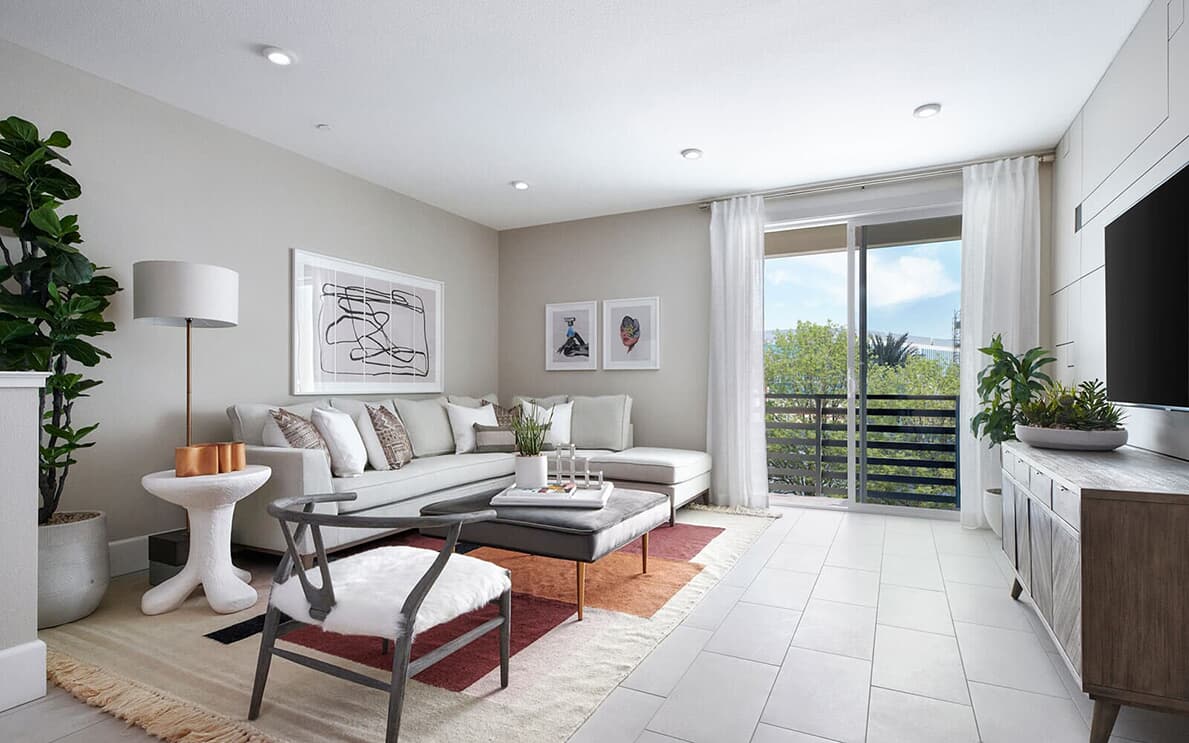Limited time savings on select homes. Explore Promotions now!
House Settling: How Long Does It Take for a House To Settle?

So you've just bought a new house but started to see some physical issues crop up. You might see drywall cracking, windows sticking or doors being harder to close. Wondering if there's something wrong with your house or is this just part of buying a new home? In this post, we discuss what house settling is and why it happens, how long it takes for a house to settle, and what to expect when a new house is settling.
What Is House Settling and Why Do Houses Settle?
House settling is when the different materials of a new house, such as the concrete, wood, or soil underneath, adjust to their new environment. When a new house is built, the wood used tends to dry up and shrink, causing cracks in drywall and other things. Shrinkage can also happen as the concrete of your foundation dries out.
Kurt Gibson, Director of Field Operations with Brookfield Residential, gives this example: “When you're screwing in drywall into wood, basically what happens is it's a metal screw or metal nail, and then what happens is the wood starts to shrink, and then all of a sudden it starts to move, and you can see some slight cracks or popping in nails and screws.”
Settling can also occur to the soil that your home rests on top of. In most cases, the soil compacts overtime in a predictable manner based on what it is made of. However, if the proper precautions are not taken, such as a soil bearing test, buildings can settle in unpredictable ways. One spectacular example of a building settling in an unpredictable way is the Leaning Tower of Pisa in Italy. As the tower grew taller and heavier, the soft soil underneath began to subside, causing the building to begin leaning to one side.
How Long Does It Take for a House To Settle?
A new house can take about a year to settle. If you live in a climate that has four distinct seasons, the house will need to experience and adjust to each season before it truly settles completely. Kurt says, “A house really is a living organism. I mean, it's no different than anything else. We're part of a planet, and there's always moving and everything going on, but the majority of settling happens in the first year.”
It is pretty common for contractors to come back out to a house after a year to fix any cracks in drywall and other things that have happened as a result of this year-long settling.
What Does Normal House Settling Look Like?
“Oftentimes you can see doors and windows start to stick. You can see the baseboard coming away from the walls on stairs sometimes. They need to be adapted. It's just movement you can see cracking in the baseboard and casing, it's not just drywall,” says Kurt.
In addition to those things, you’ll also see cracking in the concrete around your home. This type of cracking is extremely normal and nothing to worry about; it’s actually very unusual to not have cracking.
Things To Worry About When Your New Home Is Settling:
- Drywall cracks wider than an 1/8 of an inch
- Foundation cracking that is wider than 1/16 of an inch
- Foundation cracking that persists over long periods of time
- Walls with major cracks at the corners of doorways or windows
Takeaway
House settling is a normal process that occurs over the course of the first year after construction is completed. In the off chance you happen to see any of the signs to worry about above, make sure to contact the builder of your home. If you have questions about house settling or anything else pertaining to a new Brookfield home, do not hesitate to reach out to your local Brookfield representative.
Feel free to also take a look through our blog for other helpful homeowner tips including how to arrange furniture like a pro and how to maximize your closet space.
